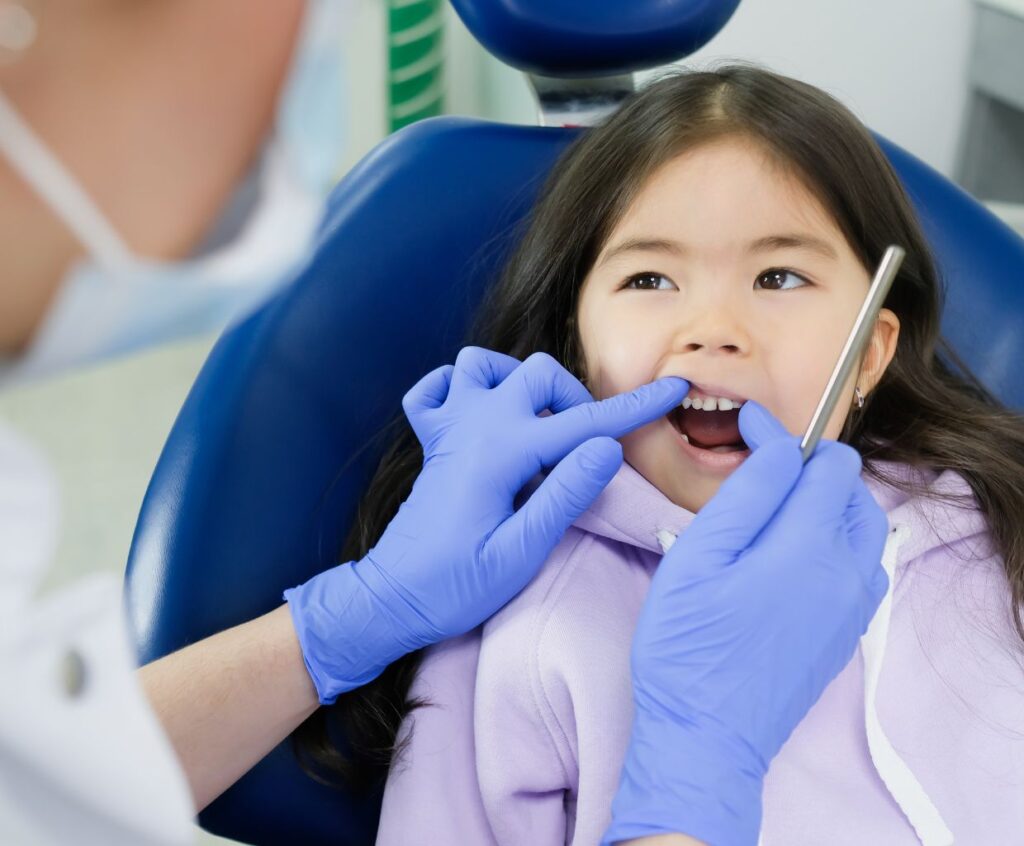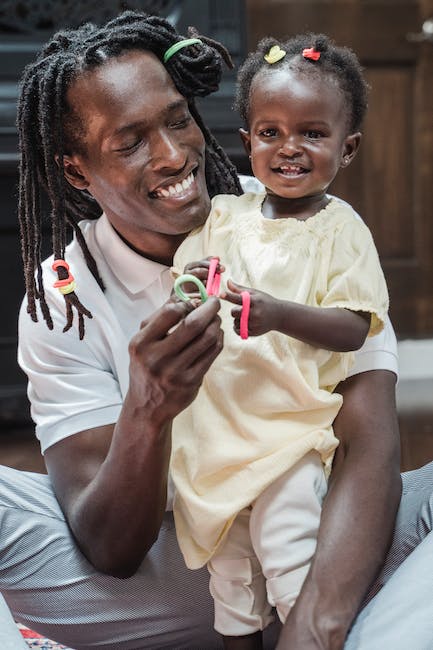Baby Teeth: When and How Do They Naturally Fall Out?
One of the exciting milestones in a child’s development is the eruption of their first set of teeth, commonly known as baby or primary teeth. These tiny pearly whites play a crucial role in a child’s oral health and development, helping them chew food, speak clearly, and pave the way for the permanent teeth that will eventually replace them.
Parents must understand when and how baby teeth fall out to ensure their child’s dental health remains on track.
When Do Baby Teeth Start to Fall Out?
Baby teeth falling out or exfoliation typically begins around six or seven years old. However, this can vary from child to child. The way teeth fall out follows the same pattern as their eruption. The lower front teeth, also known as the lower central incisors, are usually the first to go, followed by the upper front teeth (upper central incisors).
Timeline of Baby Teeth Exfoliation:
-
- Lower central incisors (bottom front teeth) – around 6 to 7 years old
-
- Upper central incisors (top front teeth) – around 6 to 8 years old
-
- Lower lateral incisors (teeth next to the front teeth) – around 7 to 8 years old
-
- Upper lateral incisors (teeth next to the front teeth) – around 8 to 9 years old
-
- First molars (back teeth used for grinding) – around 9 to 11 years old
-
- Canines (pointy teeth next to the lateral incisors) – around 9 to 12 years old
-
- Second molars (back teeth) – around 10 to 12 years old
How Do Baby Teeth Fall Out?
As permanent teeth start to develop beneath the gum line, the roots of the baby teeth gradually dissolve, causing them to become loose. Eventually, the baby’s teeth fall out, making room for the emerging permanent teeth. Children may sometimes experience slight pain or discomfort as the process occurs, but it is generally natural and painless.
Tips for Managing Baby Teeth Exfoliation:
-
- Encourage regular brushing and flossing to maintain good oral hygiene.
-
- Remind your child not to wiggle or pull out loose teeth forcefully. They should let them fall out naturally.
-
- Provide a soft diet if your child experiences any discomfort while chewing.
-
- Reassure your child that losing baby teeth is a normal part of growing up.
-
- If a baby tooth doesn’t fall out independently and the permanent tooth erupts, consult a dentist for further guidance.
What is the best way to help a child when their baby teeth are falling out?
When a child’s baby teeth start falling out, there are several ways you can help them through this stage:
1. Educate them: Explain to your child that losing baby teeth is normal and natural. Assuring them that it happens to everyone is a sign they are growing up.
2. Reassure and comfort: Some children may feel anxious or scared about losing their teeth. Offer comfort and reassurance by explaining that losing baby teeth is painless and that their new teeth will grow in their place.
3. Encourage wiggling: Encourage your child to gently wiggle their loose tooth with their tongue or clean hands. However, advise them not to force it if it doesn’t come out quickly. The tooth will fall out on its own when it’s ready.
4. Provide soft foods: If your child’s tooth is loose or causing discomfort while eating, offer them soft foods like mashed potatoes, soups, or smoothies until the tooth falls out.
5. Avoid pulling: Never forcefully pull out a loose tooth. Allow the tooth to fall out naturally. Pulling it out prematurely can cause pain, bleeding, or damage to the surrounding gum tissue.
6. Celebrate milestones: Make losing a tooth a special occasion by celebrating each tooth that falls out. You can create a tooth fairy tradition or have a small family celebration to make it a positive and exciting experience for your child.
7. Maintain oral hygiene: Remind your child to continue brushing their teeth regularly, even if they have a loose tooth. Encourage them to be gentle around the loose tooth and continue to care for their gums and remaining teeth.
Remember, every child is different; some may handle losing baby teeth better than others. Be patient, supportive, and understanding throughout this process.
How long does it take for a baby tooth to fall out?
The time it takes for a baby tooth to fall out can vary, but on average, it takes about six to eight years for all baby teeth to fall out and be replaced by permanent teeth. However, each tooth may fall out at different times within this range.
What is the standard order for baby teeth to fall out?
The unusual order for baby teeth to fall out is as follows:
1. Bottom front teeth (lower central incisors)
2. Top front teeth (upper central incisors)
3. Bottom lateral incisors
4. Top lateral incisors
5. First molars
6. Canines (cuspids)
7. Second molars
However, it’s important to note that the timing and order of baby teeth falling out can vary from child to child.
At what age do baby teeth start to fall out?
Baby teeth, also known as primary and deciduous, typically start to fall out around ten or seven years old. However, the timing may vary for each child. The process usually begins with the lower front teeth, followed by the upper front teeth.
Over time, the rest of the baby teeth will gradually be replaced by permanent teeth.
What happens if a baby tooth doesn’t fall out on its own?
If a baby tooth doesn’t fall out on its own, it is known as a retained baby tooth or a “shark tooth.” In most cases, this is not a cause for concern, as the permanent tooth eventually pushes the baby tooth out. However, if the baby tooth remains in place for an extended period, it can cause problems such as:
1. Crowding: The retained baby tooth may prevent the permanent tooth from erupting correctly, leading to crowding or misalignment of the teeth.
2. Impacted tooth: The permanent tooth may become impacted, meaning it gets stuck and cannot fully emerge from the gums due to the presence of the baby tooth.
3. Orthodontic issues: If the retained baby tooth causes misalignment or crowding, it may require orthodontic treatment to correct the issue.
In such cases, it is advisable to consult a dentist or orthodontist who can evaluate the situation and determine the best course of action. They may recommend extracting the baby tooth to allow the permanent tooth to come through or suggest other orthodontic interventions if necessary.
Baby Teeth: When and How Do They Naturally Fall Out? – In Conclusion
Watching your child’s baby teeth fall out can be exciting and bittersweet. It signifies their growth and development into young individuals. Parents can ensure proper oral care and support their child through this natural phase by understanding the timing and process of baby teeth exfoliation.
Remember, regular dental check-ups and a good oral hygiene routine are essential for the baby’s and permanent teeth’ health.


